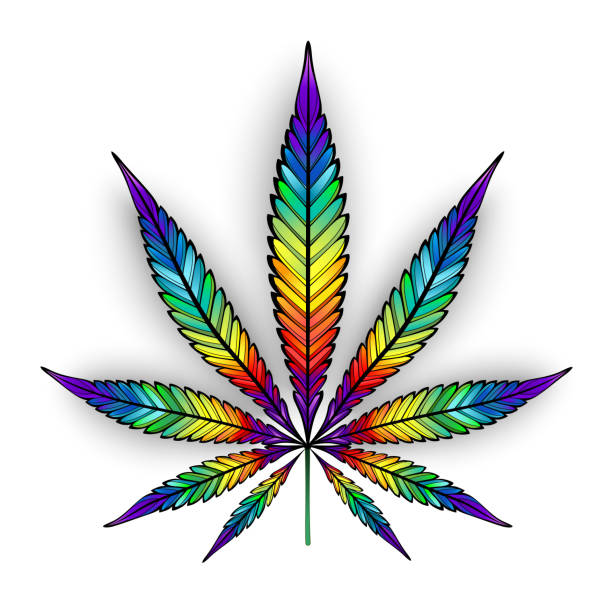In 2022, the federal government reported that, in samples seized by the Drug Enforcement Administration, average levels of tetrahydrocannabinol, or THC—the psychoactive compound in weed that makes you feel high—had more than tripled compared with 25 years earlier, from 5 to 16 percent. That may understate how strong weed has gotten. Walk into any dispensary in the country, legal or not, and you’ll be hard-pressed to find a single product advertising such a low THC level. Most strains claim to be at least 20 to 30 percent THC by weight; concentrated weed products designed for vaping can be labeled as up to 90 percent.
The high that most adult weed smokers remember from their teenage years is most likely one produced by “mids,” as in, middle-tier weed. In the pre-legalization era, unless you had a connection with access to top-shelf strains such as Purple Haze and Sour Diesel, you probably had to settle for mids (or, one step down, “reggie,” as in regular weed) most of the time. Today, mids are hard to come by.
The simplest explanation for this is that the casual smokers who pine for the mids and reggies of their youth aren’t the industry’s top customers. Serious stoners are. According to research by Jonathan P. Caulkins, a public-policy professor at Carnegie Mellon, people who report smoking more than 25 times a month make up about a third of marijuana users but account for about two-thirds of all marijuana consumption. Such regular users tend to develop a high tolerance, and their tastes drive the industry’s cultivation decisions.


The difference is that using a bunch of weak hot sauces not bad for you, smoking a ton of bad weed is.
People fail to realize that weed has tar if you burn it. The less plant material you smoke the better it is for you